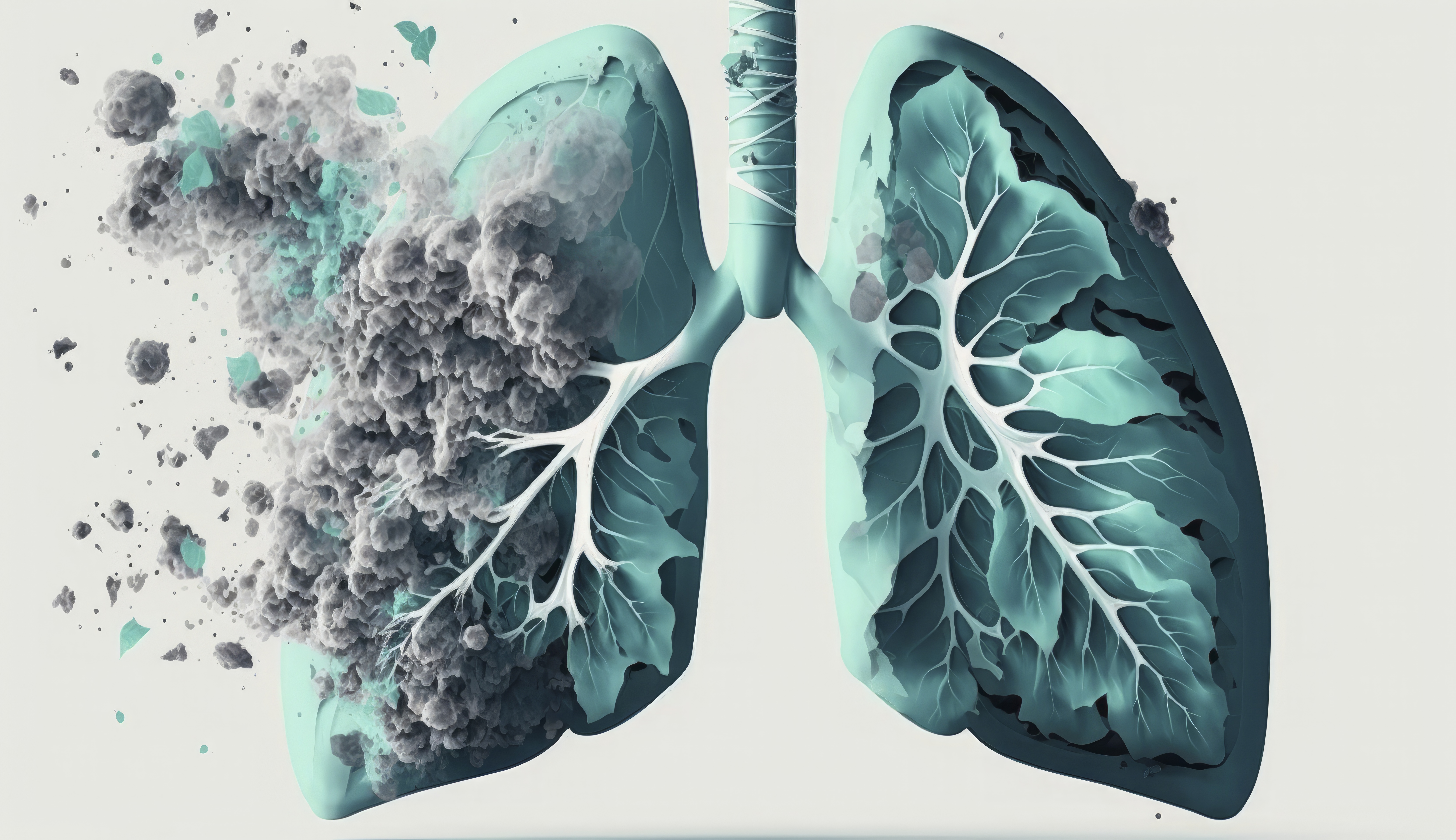Persistent alveolar air leak following pulmonary lobectomy: an old problem in a modern era

All claims expressed in this article are solely those of the authors and do not necessarily represent those of their affiliated organizations, or those of the publisher, the editors and the reviewers. Any product that may be evaluated in this article or claim that may be made by its manufacturer is not guaranteed or endorsed by the publisher.
Authors
Persistent alveolar air leak (PAAL) after major lung resection remains a common complication in thoracic surgery. The aim of this study was to identify a subset of patients with high risk of developing PAAL after pulmonary lobectomy. Another objective was to evaluate the influence of PAAL on postoperative complications and length of hospital stay. A retrospective analysis on 895 patients undergoing pulmonary lobectomy from January 2014 to December 2019 was performed. PAAL was defined as air leak lasting more than 5 days after lung surgery. Univariate analyses and logistic regressions were performed to identify the predictors of PAAL. A backward selection algorithm was used to identify the optimal set of predictors. The incidence of PAAL was 8.2% (74/895). Male gender (p=0.017), BMI (p<0.001), transient ischemic attack (p=0.031), FEV1 (p=0.018), lobectomy combined with adjacent subsegmentectomy (p=0.018), partial and extended pleural adhesions (p=0.033 and p=0.038, respectively) were identified as independent risk factors for PAAL through logistic regression. A weak positive correlation was found between video-assisted thoracic surgery (VATS) and PAAL following pulmonary lobectomy (p=0.100). PAAL was found to be associated with higher risk of postoperative morbidity (p=0.002) and with longer hospital stay (p<0.001). Both preoperative and intraoperative risk factors may be responsible for PAAL after pulmonary lobectomy. VATS does not appear to prevent this postoperative complication. An alveolar air leak lasting beyond 5 days after pulmonary lobectomy is associated with worse postoperative outcomes.
How to Cite

This work is licensed under a Creative Commons Attribution-NonCommercial 4.0 International License.






